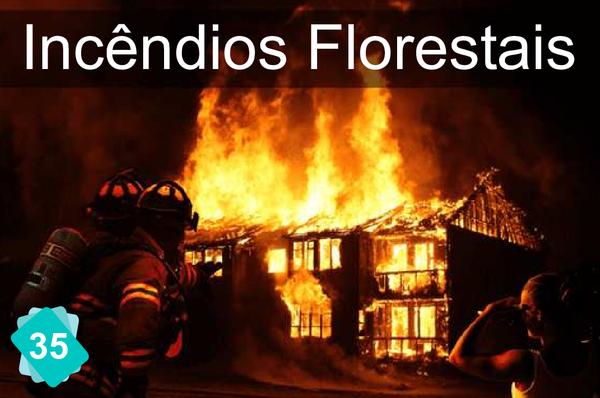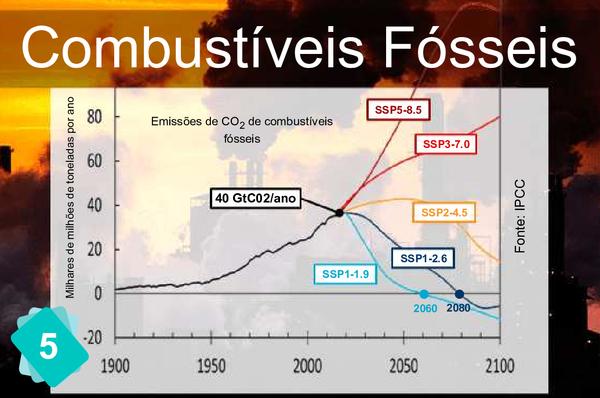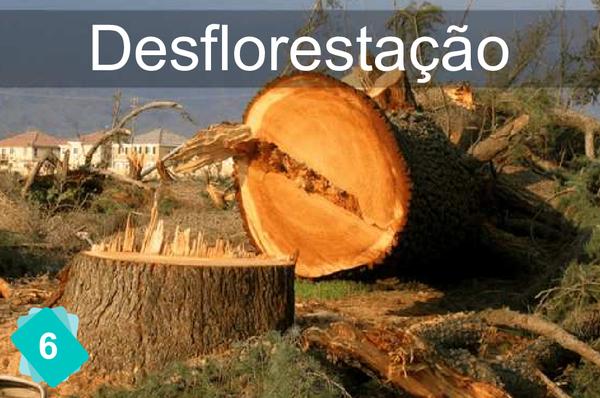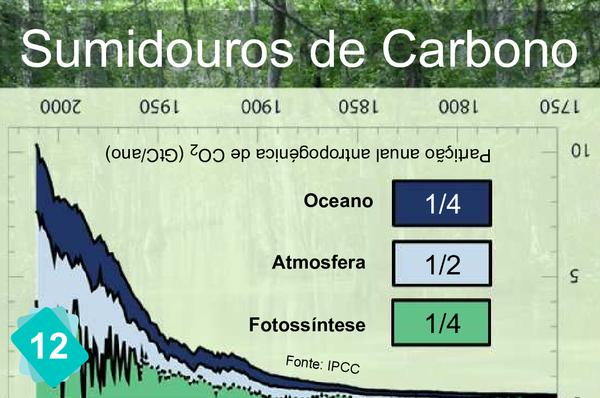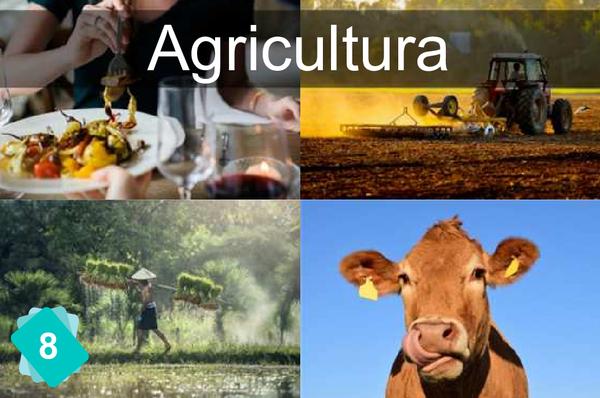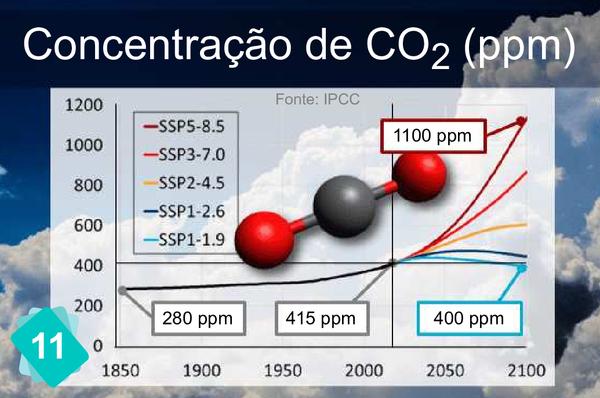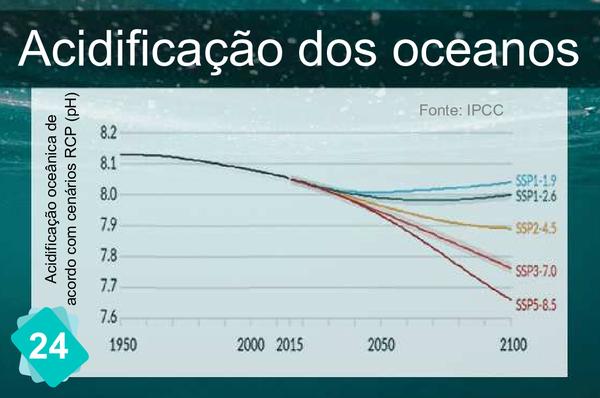7 - Emissões de CO2
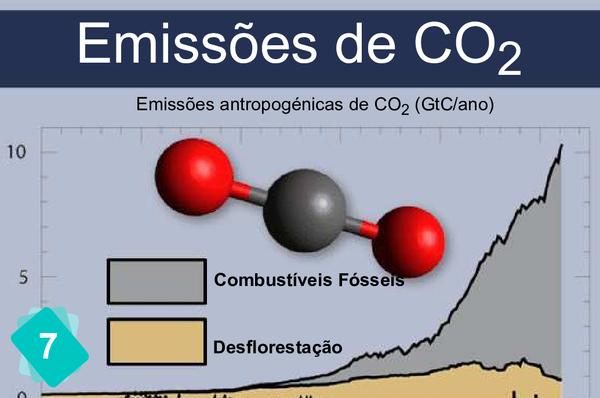
✏️ This explanation does not yet exist in your language. Please fill this Google Form if you want to help us!
A castanho, as emissões relacionadas com a Desflorestação. A cinzento, as emissões relacionadas com a combustão dos combustíveis fósseis[1]. A escala vertical está em Pg C/ano (Peta gramas de carbono = 10^15 gramas), o que é o mesmo que Gt C/ano (Giga toneladas de carbono por ano). Para converter em CO2, é necessário multiplicar por 3.67. A particularidade deste gráfico é que não há escala de tempo. Isto pode servir como uma pista para o associar ao gráfico dos Sumidouros de carbono.
AR6 WG3 Figura TS.2 (a) // AR6 WG1 Figura 5.5 (a) p11 (p59) // p705 (p688) ↩︎
3Causes
1Consequence
These two cards can be put border-to-border in order to reconstitute the original graph. Ask the participants: "Have a look at card 12. What do you notice ? - It's written upside down - Exact. This is an enigma. The answer to it is on the table."
When they have found that 12 and 7 go together, then explain the resulting graph: it shows where the CO2 comes from and where it goes to. This is why the outer curves are symetricals. Each year, the CO2 emitted by Human beings has to go somewhere. If it's not in the carbon sinks, then it's in the atmosphere.
1Other possible cause
Agriculture does not emit much CO2 except from deforestation. Its carbon emissions mainly come from othe GHGs.




